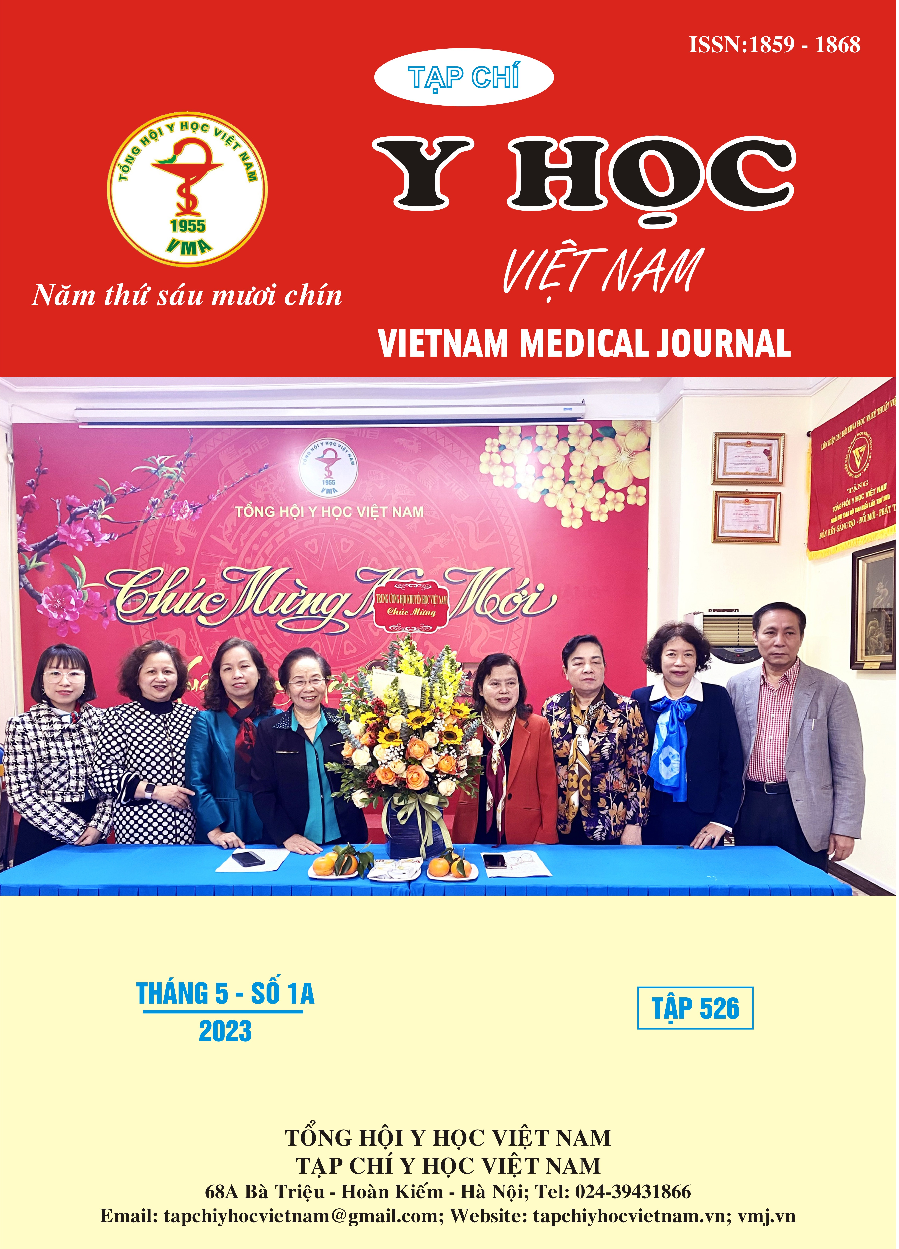FACTORS PREDICTIVE OF RECURRENCE AFTER TREATMENT OF HEAD AND NECK ARTERIOVENOUS MALFORMATIONS
Main Article Content
Abstract
Objective: Arteriovenous malformations (AVMs) are aggressive diseases with a high tendency to recur. AVM treatment is complex, especially in the anatomically difficult head and neck region. This study analyzed correlations between extracranial head and neck AVM presentations and the frequency of recurrence. Methods: We retrospectively assessed AVM recurrence among 86 patients with head and neck AVMs treated with embolization and resection between January 2008 and December 2015 with at least 6 month after treatment. Recurrence was defined as any evidence of AVM expansion following embolization and resection. Patient variables, including sex, age, AVM size, AVM location, stage, number of feeding arteries, angiographic features, occlusion after embolization and treatment modalities, were examined for correlations with the recurrence of head and neck AVMs. Statistical analysis was performed using SPSS 20.0. Results: 18 of 86 patients experienced recurrence (the long-term recurrence rate was 20.9%). Prior treatment, stage, AVM size, localization, number of feeding arteries, embolization efficiency and treatment modality were identified as independent predictors of recurrence. Recurrence was less likely following the treatment of lower-stage or smaller lesions and did not correlate with age, sex, location, angiographic features. Conclusions: AVMs of the head and neck are among the most challenging conditions to manage due to a high risk of recurrence. Early and total AVM resection is the best method for preventing recurrence.
Article Details
Keywords
Arteriovenous malformations; Embolization; Surgery; Recurrence; Treatment outcome
References
2. Liu AS, Mulliken JB, Zurakowski D et al. Extracranial arteriovenous malformations: Natural progression and recurrence after treatment. Plast Reconstr Surg 2010; 125:1185-1194.
3. Pekkola J, Lappalainen K, Vuola P, et al. Head and neck arteriovenous malformations: results of ethanol therapy. American J Neuroradiol. 2013;34(1):198-204.
4. Lu L, Bischoff J, Mulliken JB, et al. Increased endothelial progenitor cells and vasculogenic factors in higher-staged arteriovenous malformations. Plast Reconstr Surg. 2011; 128:260e-269e.
5. Richter GT, Suen JY. Clinical course of arteriovenous malformations of the head and neck: a case series. Otolaryngol Head Neck Surg 2010; 142:184-190.
6. Goldenberg, DC, Hiraki PY, Caldas JG, et al. Surgical Treatment of Extracranial Arteriovenous Malformations after Multiple Embolizations. Plast Reconstr Surg, 2015; 135(2),543–552.
7. Madana J, Yolmo D, et al. Giant congenital auricular arteriovenous malformation. Auris Nasus Larynx 2010;37:511-514.


